Cotton Doesn't Cut It: 4 Things to Consider When Selecting the Proper Hunting Pant
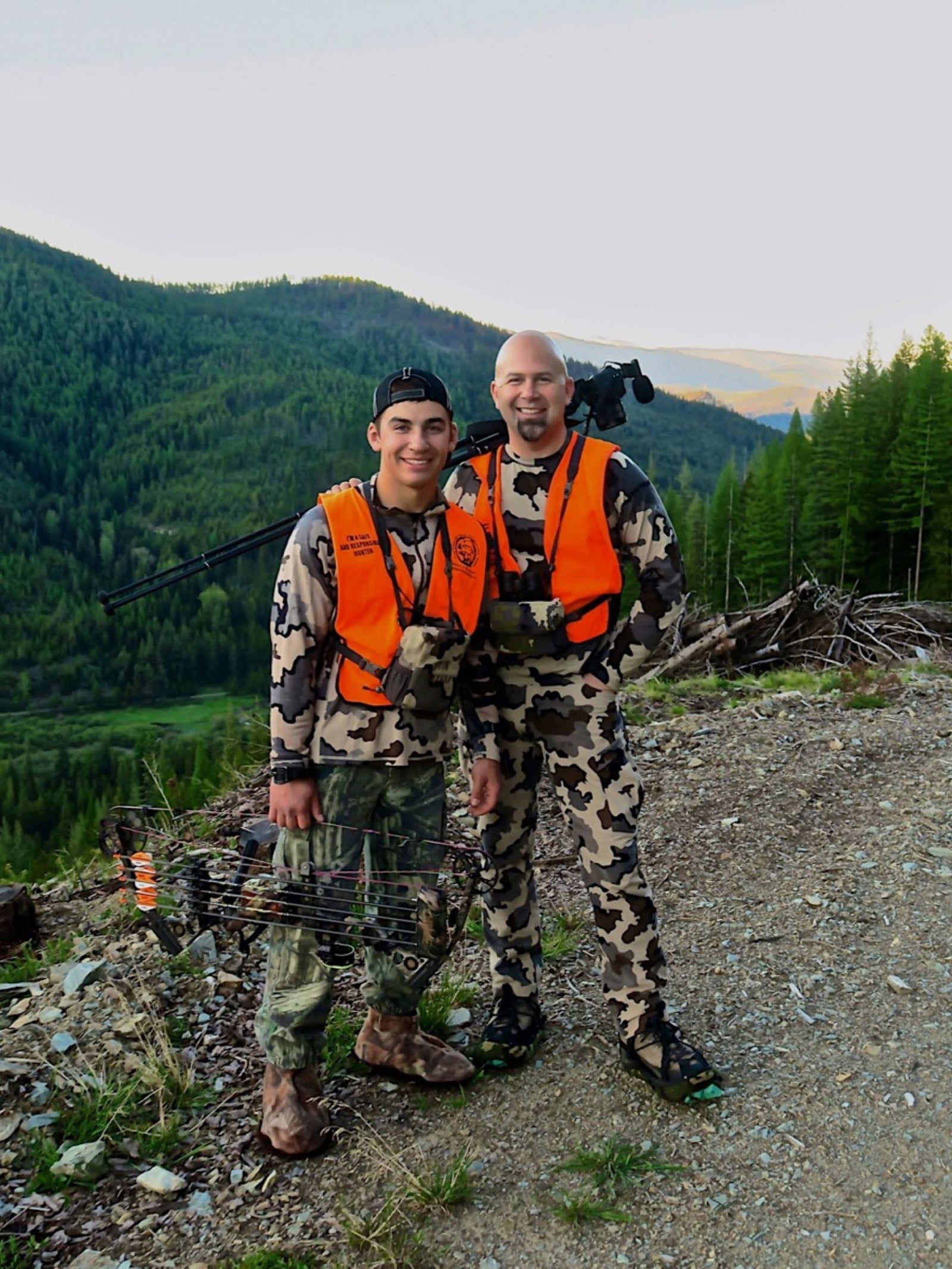
The first pair of hunting pants I ever remember wearing were, essentially, camouflage sweatpants––presumably from Walmart––and jam packed with incredible features. For instance, state-of-the-art breathability––these pants were capable of effortlessly dumping all of your body heat, even in the most frigid conditions. And yet, despite this groundbreaking ventilation, they were also capable of making you burst into a sweat the second you even looked at a hill. And I know what you must be thinking, “I bet those pants didn’t collect any sort of burrs or briars,” but you would be dead wrong. There wasn’t a better pant on the mountain for collecting stickers. I think it was because of some scientific breakthroughs made at Walmart, which allowed cockleburrs total penetration through not only the fabric of the pant itself, but also through one’s epidermal layer, firmly locking them in place so as not to risk losing any by accident. At merely ten years old, it was safe to say that I was ahead of my time when it came to hunting technology!
I did, however, eventually have to part ways with those camo, cotton pants––as did most of the hunting industry. While options for hunting pants used to be limited, bulky, and oftentimes uncomfortable, today’s market is full of excellent options for hunters across multiple brands. Keeping that in mind, I’ve identified four features I’ve come to expect from any hunting pant worth its salt in 2023:
1) Comfort. This goes without saying, but your pants should fit you. Don’t trick yourself into thinking that you’re just “between sizes” or that “they don’t make pants for my body type.” That may have been true twenty years ago, but it isn’t today. If you try on a pair of hunting pants that don’t fit, then return them, because there is going to be a brand that offers a rock-solid pant that will fit you well.

Pro tip: If you’re someone who constantly struggles with finding the proper waist size, consider Stone Glacier’s 206 or De Havilland lineup of pants. Their Contour Waist System allows you to relocate the zipper up to 3” with a very simple velcro mechanism, plus a built-in adjustable waist belt. I’ve found them to be an incredibly adjustable pant.
2) Waterproofing. I don’t expect a breathable, all-season hunting pant to be 100% waterproof, but I do want to see that there is some sort of DWR (Durable Water Repellent) applied to the fabric. Could I just put on my rain pants anytime mild precipitation occurs? Yes. Am I going to do that? Probably not. Therefore, I want something that has enough waterproofing to give me time to eventually drag the rain pants out––and something that is going to bead away the condensation that lingers on vegetation in the early mornings or after it rains.
Pro tip: I’ve come to appreciate pants like Sitka’s Timberline that have strategically located waterproofing near the knees and seat of the pant––AKA the places you are most likely to get wet––while maintaining breathability in the places that stay the most dry.
3) Pockets. I don’t need a lot of pockets. In fact, I only care about three pockets. I want two waist pockets for my hands and at least one thigh pocket for my phone. When I am on the mountain, (despite an impeccable sense of direction and a photographic memory) I find myself pulling my phone out and looking at onX maps frequently. With a backpack on, I find it hard to access my waist pockets quickly, so it is essential to me that I have pants with strategically placed thigh pockets for quick device access.

Pro tip: Pants like the King’s Draft Pant and Stone Glacier’s De Havilland series of pants use a quiet button closure for the hip pocket rather than a zippered pocket. I prefer a button closure to a zipper because I typically leave that pocket open––I’m in and out of it so often. With a button closure, you also get a flap to keep debris out of the open pocket, and you don’t have as much stitching involved, meaning fewer potential points of failure on the pants.
4) Hip zips. Hip ventilation is a pretty standard offering among most of the big players in the industry today. For me, hip zips serve the dual purpose of giving me more room for my thighs while also allowing ventilation during short bursts of harder hiking or sun exposure. Having hip ventilation will increase the “all-seasonality” of the pants, and I rarely select a primary hunting pant that is without them.
Pro tip: Some companies have a mesh backing to their hip zips, like the King’s Preacher Pant, and others let you unzip straight to the skin, like Stone Glacier’s Stratum system (on almost all their pants). I personally prefer the meshless offering, as it gives you the maximum amount of ventilation possible when you move your legs, and I really appreciate my De Havilland pants for allowing me to unzip my thigh ventilation from the bottom of the pant, as well as the top. I’ve flashed fewer coworkers my underwear with that nifty detail.

Other great features include “articulated knees,” “YKK zippers,” or a “gusseted crotch,” to name a few; however, these are all standard enough in the industry today that you don’t really have to look for them. (I have yet to hike around with a “gussetless” crotch, for example.) And most pants are going to be treated with Makspec, Polygiene, or some other type of odor-controlling technology. The only thing I am willfully omitting from my selection process here is the presence of knee pads. Why? Because I don’t like them myself. And I know that’s going to upset some people who swear by them, but they’re all probably too busy army crawling through cactus right now to read this article anyways––so I’ll risk the offense.
If you are in the market for a new hunting pant, I’d thoughtfully consider the four factors I previously mentioned, but most importantly, I’d recommend buying as specific a pant as possible for the type of hunting you’re doing. For years I attempted to “save money” by always buying the all-season pant from the different brands I tried. What I ended up with was eight pairs of all-season pants and nothing durable enough for brush-busting on an Arizona Javelina hunt or warm enough for a late-season glassing session in Northern Montana. My strongest recommendation is to shop with a specific hunt in mind, rather than trying to buy the “most versatile” pair. Having three or four pairs of specialized hunting pants is a lot better than eight all-season pants, and it is sure to save you money in the long run.

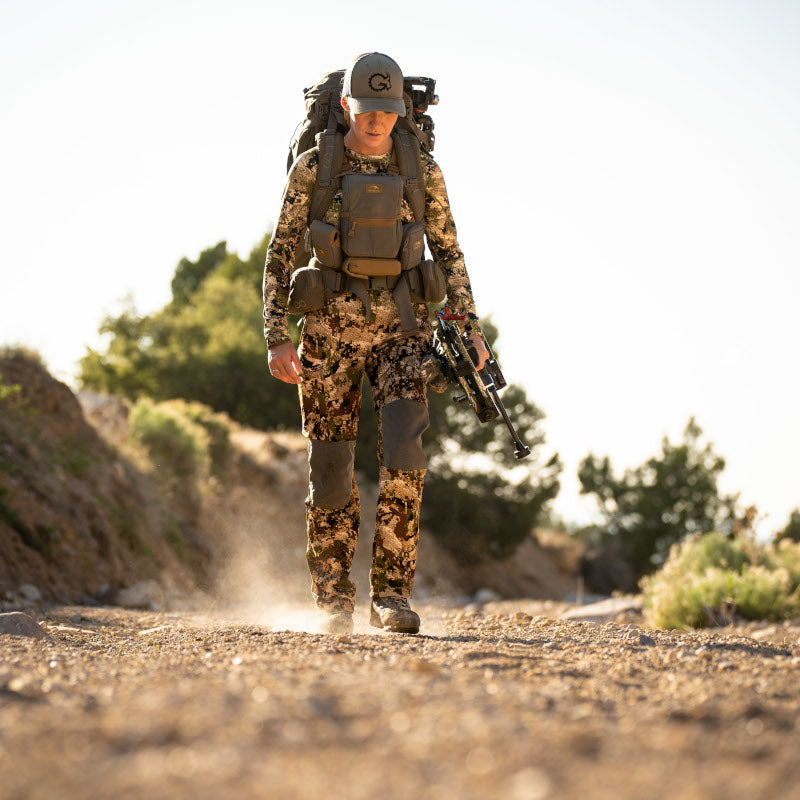
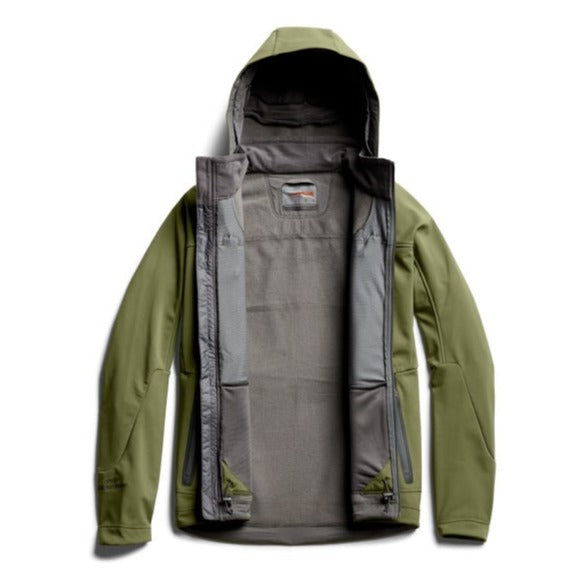
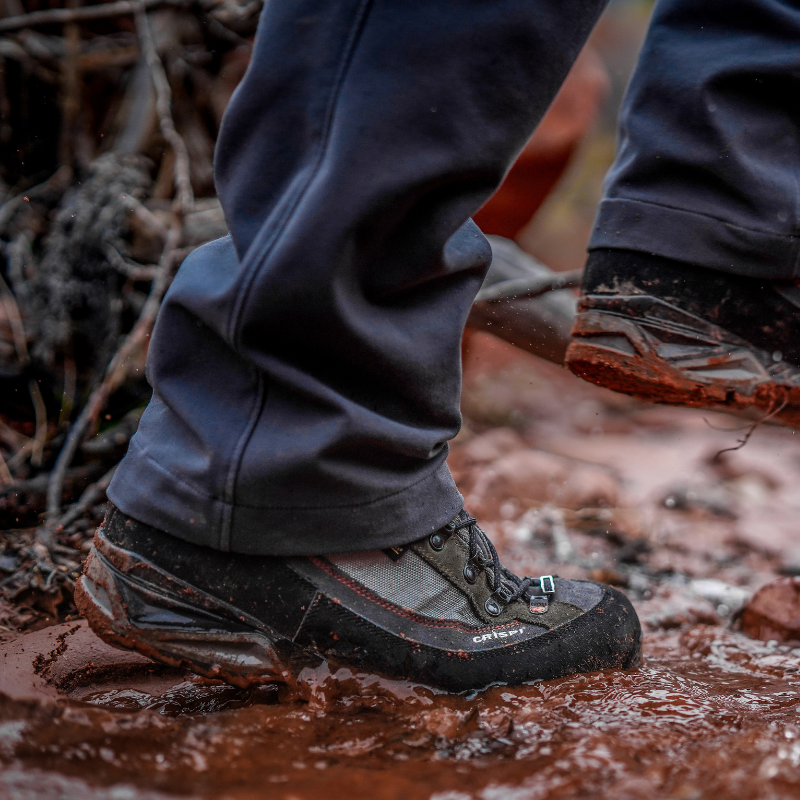
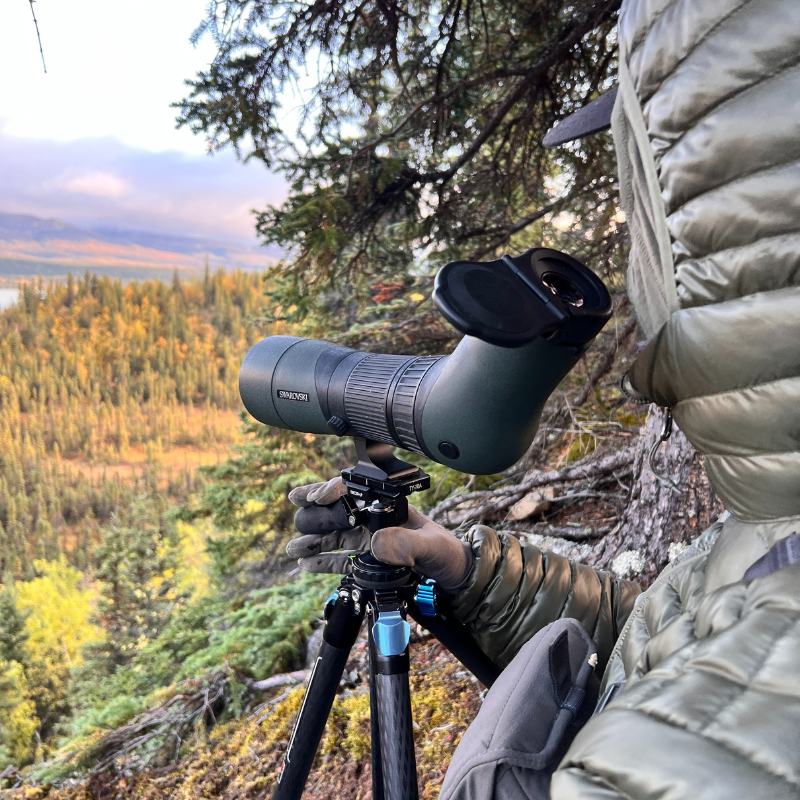
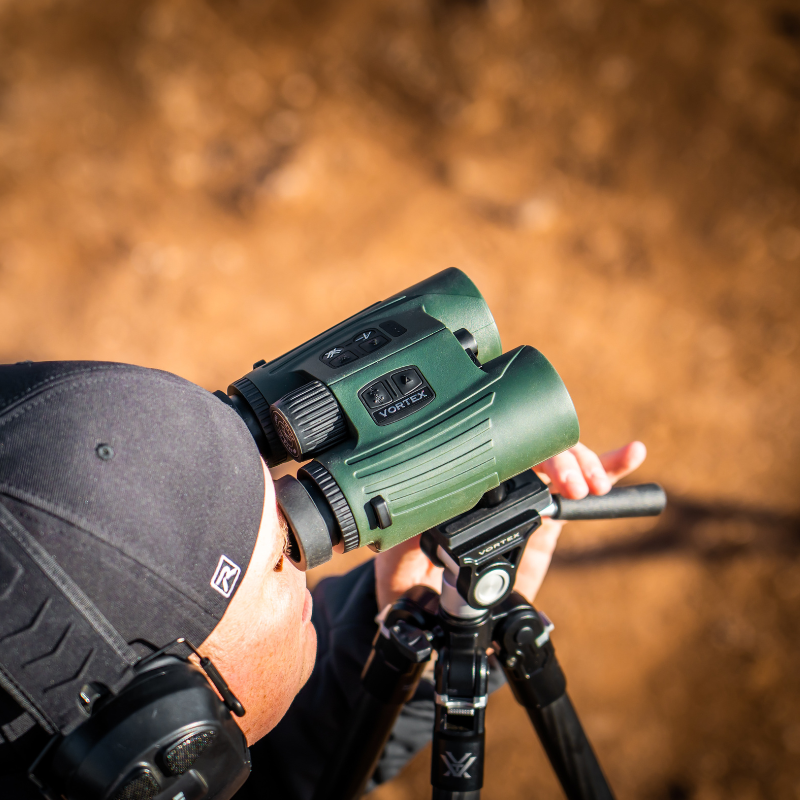
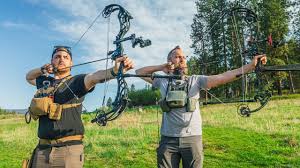



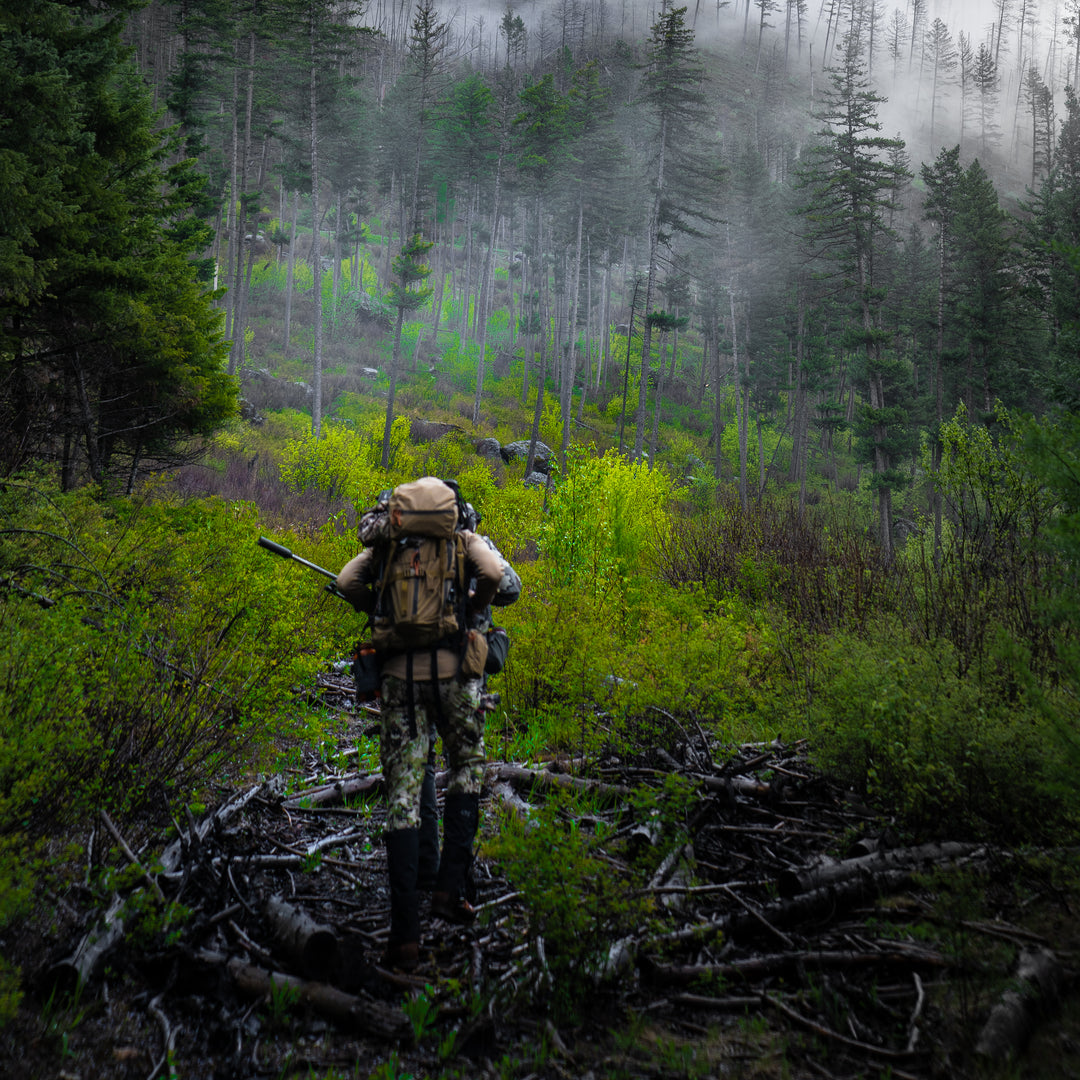
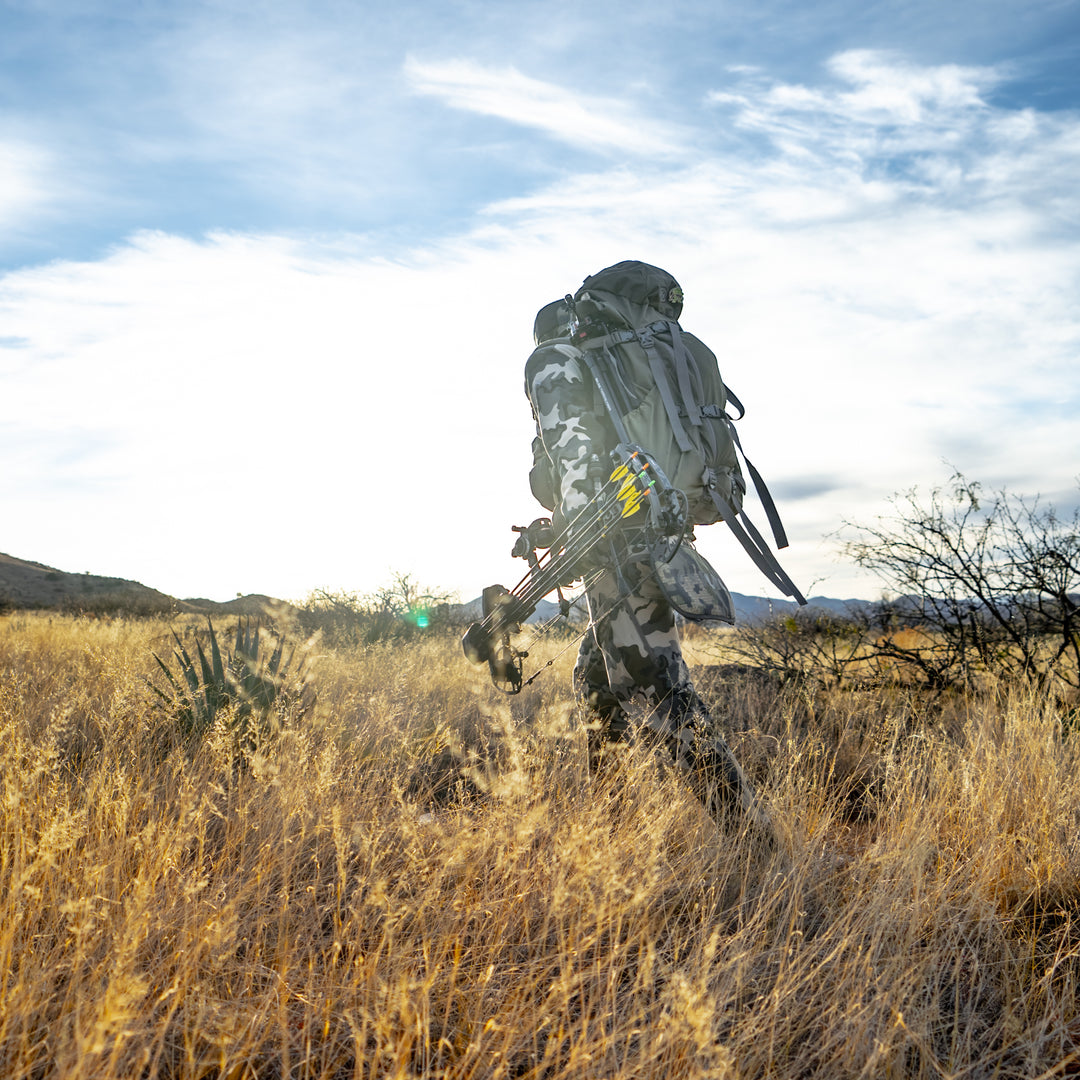
Leave a comment